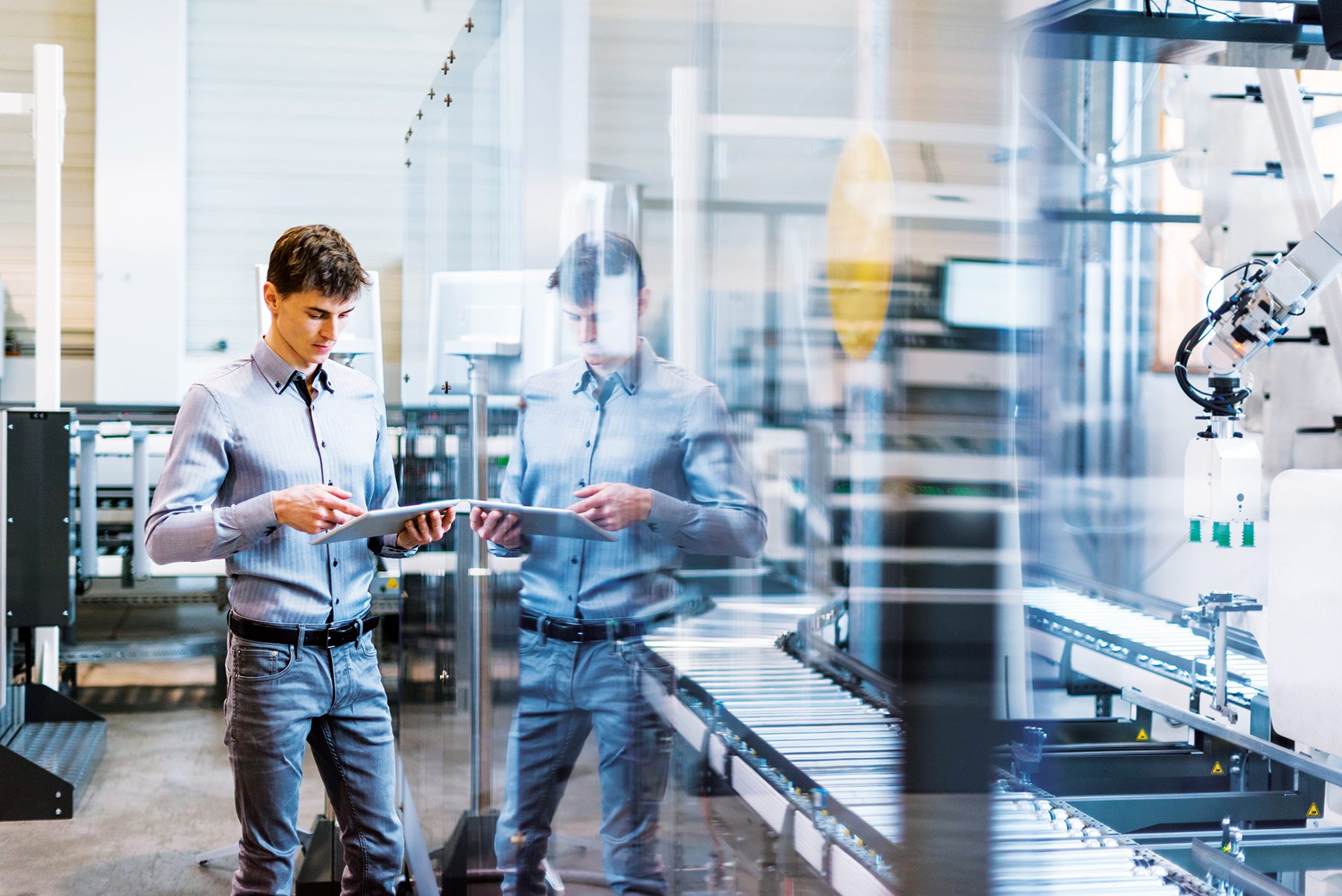Putting people at the center of technology
Credit to Author: Sophie Borgne| Date: Tue, 27 Aug 2019 15:27:15 +0000
Ever since the stone-age we’ve been trying to find better ways of doing things. Inventions from the wheel to computers all have one thing in common. They’re all examples of technology invented by humans to make our lives easier.
The concept of technology empowering people runs throughout our history. Recently we celebrated 50 years of the first Apollo 11 moon landing. It’s hard to believe, Collins, Aldrin and Armstrong, supported by mission control on the ground went all the way to the moon and back with less on-board computing power than the average modern smart phone.
Today, technology has become so advanced that sometimes we need to remind ourselves of its original purpose – to make our lives easier. The pilot of a modern airliner must make quick decisions, collaborate with ground staff, work with the flight crew all while moving at close to the speed of sound. They can’t do this safely or effectively if they’re overloaded with information or don’t have access to information the rest to the team has. Aircraft control and display systems must make sure the crew are fully aware of the important aspects of the flight and are not overloaded with information, so they always know what to do next.
Industrial Automation and the digital revolution.
So now let’s look at Industry, IIoT and modern industrial automation technology. Here again we must remember technology’s main purpose is to empower and support people.
Workforce Empowerment places staff at the center of the digital revolution. Research from Alinean states that enhanced process visibility can result in 0.5 to 3% of revenue improvement a year, and 3 to 10% of potential margin impacts. These numbers show some of the business benefits of empowering people with the right information.
Connectivity between products, machines, and people, along with collaboration between plant staff and across the complete industrial value chain are the some of the key enabling factors of the industrial digital transformation. To empower people technology must work seamlessly with highly skilled operators to increase productivity and operate and manage plants in real time.
Connected Workforce and Decision Support
Technology can also yield great benefits by facilitating faster, better transfer of knowledge and experiences among workers. These proven solutions can then be leveraged to speed problem solving and allow workers to be more predictive with their maintenance and troubleshooting activities. Companies can also leverage economies of scale and other benefits with cross-site collaboration on the implementation, testing, and scaling up of new technologies.
Additionally, it’s not only possible to share best practices among plant floor operations staff, but also with other departments like finance and human resources to ensure the entire ecosystem is prepared for the factory of the future. To get all the benefits from digitization companies must, for example, train their people to step up and embrace the changes smart manufacturing brings to their day-to-day work.
Connectivity and technology are important but it’s the global collaboration among people beyond traditional geographic boundaries with multiple plants around the world they drive that will take industrial companies to places they never dreamed were possible.
As technology advances it must do what we’ve always intended it to do to – make our lives easier. Whether that’s sending man to the moon, making air travel safer or Industry run more effectively. Workforce Empowerment ensures industrial technology works for and serves the needs of a plant’s staff. No one wants to reinvent the wheel, but we can make sure as we progress with industrial digitization we focus enough of our efforts on making sure we never forget to keep people at the heart of the digital transformation.
Read more on empowering people with digitization including some of our own experiences and results here.
The post Putting people at the center of technology appeared first on Schneider Electric Blog.
